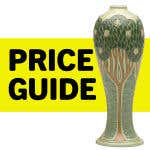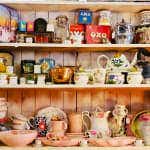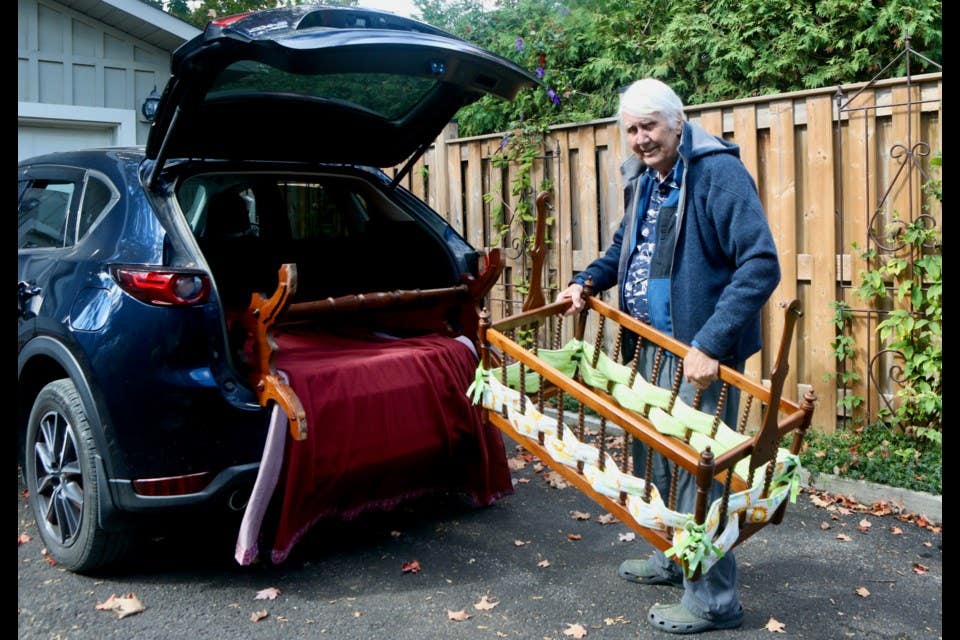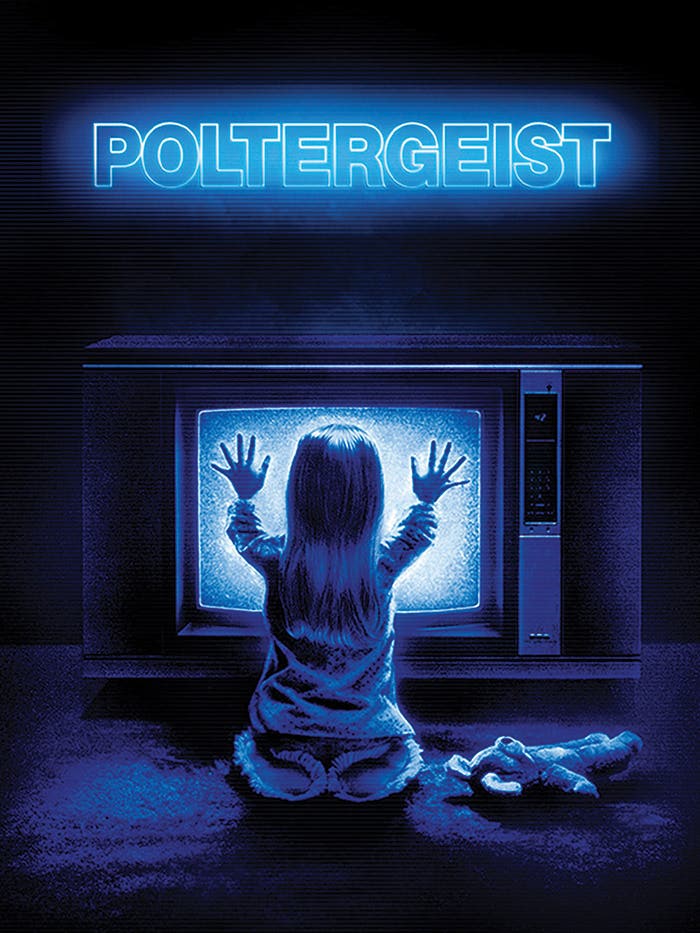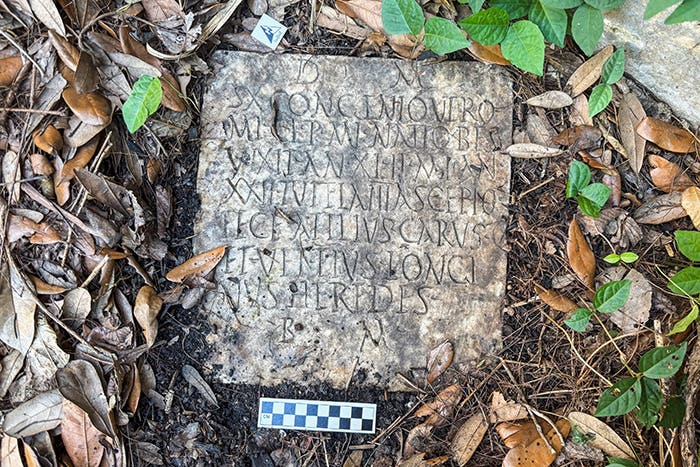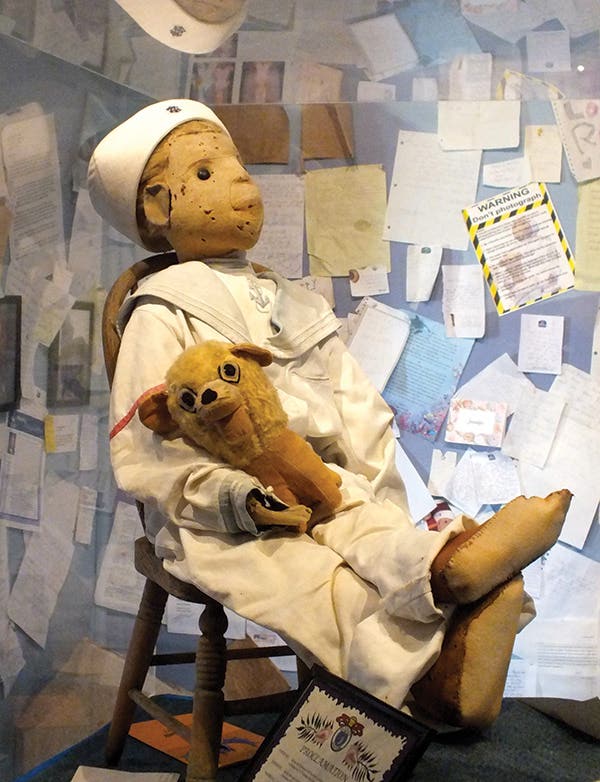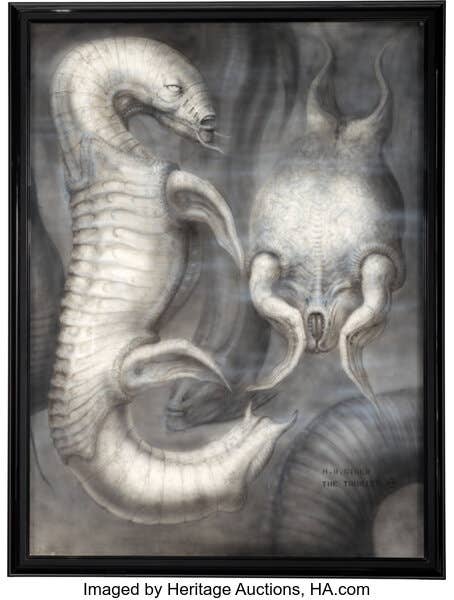A Conversation with Robbie Wolfe
On Rust Belt Roots and Future Legacies…Kovels Antique Trader catches up with Robbie Wolfe of American Pickers.
In this follow-up to our first interview (available to read here and in the February 2024 print issue of KAT), Kovels Antique Trader catches up with Robbie Wolfe of American Pickers to talk about his Rust Belt Americana event, the passion behind his charitable foundation, and the stories that stick with him long after the pick. (Sneak peek at the Bob Swaback Collection Rustbelt Americana Auction at the end of the article).
Kovels Antique Trader (KAT): Hi Rob, thanks for taking time to sit down with us again. Let’s chat first about your Rust Belt Americana event. What originally inspired you to create it?
Robbie Wolfe (RW): Rust Belt Americana was created to bring car and antique lovers together—and to give back. I’ve always been passionate about education. It blows my mind that elementary teachers still have to spend their own money just to teach our kids. That’s just wrong.
Through the foundation, we fund classroom needs and award scholarships to blue-collar students. I was recently in a fourth-grade class in China, Maine, and seeing those teachers’ dedication was inspiring. Helping them is what fuels this whole thing.
I believe we’re here to either help or hinder, and I choose to help, especially when it comes to kids and preserving history.
KAT: Do you have a name for the charitable organization behind the event?
RW: It’s basically an extension of the Rust Belt Americana site. There are scholarship programs on the website and information about the events that we put on. We are going to have a list of scholarship winners there that will show how much money we’re giving away every year. In my opinion, we don’t get enough of the high school students applying for those scholarships. But, man, do we get the applications for the elementary. Wow. It’s amazing.
I had a first-grade teacher apply a few days ago. She understands that our kids are more teachable in the earlier years: first grade, second grade, third grade. So, she wanted a phonics program that the school doesn’t have to help her first-grade class read better. Ideally, she should be able to go to the school board for the money. But elementary schools specifically seem to deal with budget issues.
KAT: Do you think part of the reason you hear less from high school students is because, by that age, those foundational pieces from elementary school have already been set?
RW: You get a room full of high school kids, and you try to teach them things they never really learned, and it’s almost impossible to get through to them. Back when I was in high school, we were taught to use both our hands and our minds. We had shop classes: woodworking, ceramics, graphic art, welding, and auto. That kind of hands-on learning is what kids need today.
When I was ten, I’d tear apart a lawn mower engine just to see how it worked. Same with a bicycle. We didn’t have the distractions of phones and social media. I’ve got a platform now, and I want to use it to educate, to help others, not to better myself, but to lift others up.
That’s why I do what I do. Like we talked about before, I think a lot about legacy. Mine starts with my five kids. Did I do my job as a parent? Did I teach them right? And beyond that, if even one student remembers that I gave them a leg up, then I’ve done my job. That’s my legacy.
KAT: You’ve built a strong partnership with Richmond Auctions. How did that come about?
RW: Jordan Richmond’s been a good friend of mine for over a decade; I used to sell him antique signs. When he teamed up with Mike McCandless to launch Richmond Auctions, there was no stopping them. They’re not just business-minded; they give back. They support our foundation, and both Jordan and Mike are passionate about education and keeping the hobby alive. Mike’s background in racing—passed down from his dad—drives that passion. We’ve talked a lot about the importance of teaching young kids, or else the hobby dies off.
That’s why I love seeing kids at swap meets. I always ask them what they’re collecting and why. Most of the time, they’re genuinely excited, not just tagging along with their parents. I used to do the same with my kids, give them a few bucks, let them choose what spoke to them. Over time, they learned to appreciate history and understand why we preserve it. It’s not just about the object; it’s about keeping the story alive.
KAT: That’s a powerful philosophy. If we want the world of collecting to thrive, we need to pass the passion down. Do you have any particular collecting finds that stick out as especially memorable?
RW: One of my most memorable finds wasn’t even about the object, it was the story. I once bought an Indian four-cylinder motorcycle out of the basement of a two-bedroom house outside Detroit. The elderly man who owned it had been a WWII pilot who flew 48 missions. After the war, he pieced the motorcycle together but never finished it. His daughter told me he hadn’t been in that basement in over a decade, and as I searched for the motorcycle parts, I also found an airplane fuselage. Turns out, he’d built a full-size plane down there during the 1980s.
When the economy took a downturn, he had to sell it. A buyer from Texas wanted it so badly he and a crew dug a hole, removed the back wall of the house, and pulled the plane out, brick by brick. The daughter showed me photos—it was incredible. She also told me how her dad raised seven kids in that tiny house. When I asked if she’d trade that life for anything else, she said, “No, we had the greatest family. Dinners were always fun. We fought like cats and dogs, but it taught us to be together.” That moment reminded me that sometimes, the real treasure isn’t what you find, it’s the story that comes with it. It makes you want to indulge yourself or dive deeper into the history of that piece.
KAT: What can visitors expect if they attend Rust Belt Americana?
RW: We represent 45 states and hundreds of passionate antique dealers, and I think some of the best antiques in the country show up at our show. What sets us apart is that we’re not doing this for profit; every $10 ticket helps educate kids, and that’s what matters most. We listen to our dealers and attendees, constantly improving to create an event that not only showcases great antiques but also gives back in meaningful ways.
KAT: I hear you’re also working on a children’s book?
RW: I am! I’m collaborating with a writer out of Texas who’s already published a couple of books, and we’re working on stories about growing up that are geared toward fourth and fifth graders. The goal is to get these books into the hands of educators and spark a love of reading in kids, something my wife instilled in our own children by making them read every night. I’m trying to beef up my reading as well. While I usually listen to podcasts or audiobooks on the road (I’ve logged 25,000 miles this year), I recently started reading The Baron of Brimfield by Carol Freeman, a murder mystery set during the Brimfield antique show. It’s turning out to be a pretty intriguing read!
KAT: How do you balance all of your roles?
RW: My family supports me every step of the way. Lindsay, who’s been with me from the beginning, leads the Rust Belt team with heart and hustle. She’s incredible.
At home, my wife has always just rolled with it, whether I was running companies or starting something new. When I told her I was launching the foundation, she didn’t even blink. Now, she’s giving me ideas, offering feedback, and helping to shape the vision.
I’m hoping to get my children involved, too. They already help out behind the scenes and pitch in when the event kicks off. They see how much this means to me, and I hope they’re learning from it. Maybe someday, one of them will carry it forward. I’ve never pushed them. I just want them to do good things. That’s the key.
KAT: Rob, thank you so much for giving me your time today. You’re getting to be a regular in Kovels Antique Trader!
RW: Happy to be back. Thanks again!
This year, the Rust Belt Americana Auction, presented by Richmond Auctions, is scheduled for Friday, August 8, and Saturday, August 9, 2025, both starting at 2:00 PM. The centerpiece of this two-day event is the Bob Swaback Collection, comprising nearly 400 collector-grade pieces. The collection is renowned for its exceptional 30-inch gas and oil signs, considered among the finest in the country. Proceeds from the auction will benefit Rust Belt Americana’s scholarship program.
Information for the show and auction is available on the Rust Belt American website.
*The interview has been edited for length and clarity.
You may also like: 'American' Pickers' Robbie Wolfe Shares the Secrets of Picking Like a Pro
“Scenes from the 2024 Rust Belt Americana Show. The event offered aisles of eye candy for treasure hunters and history buffs alike.”
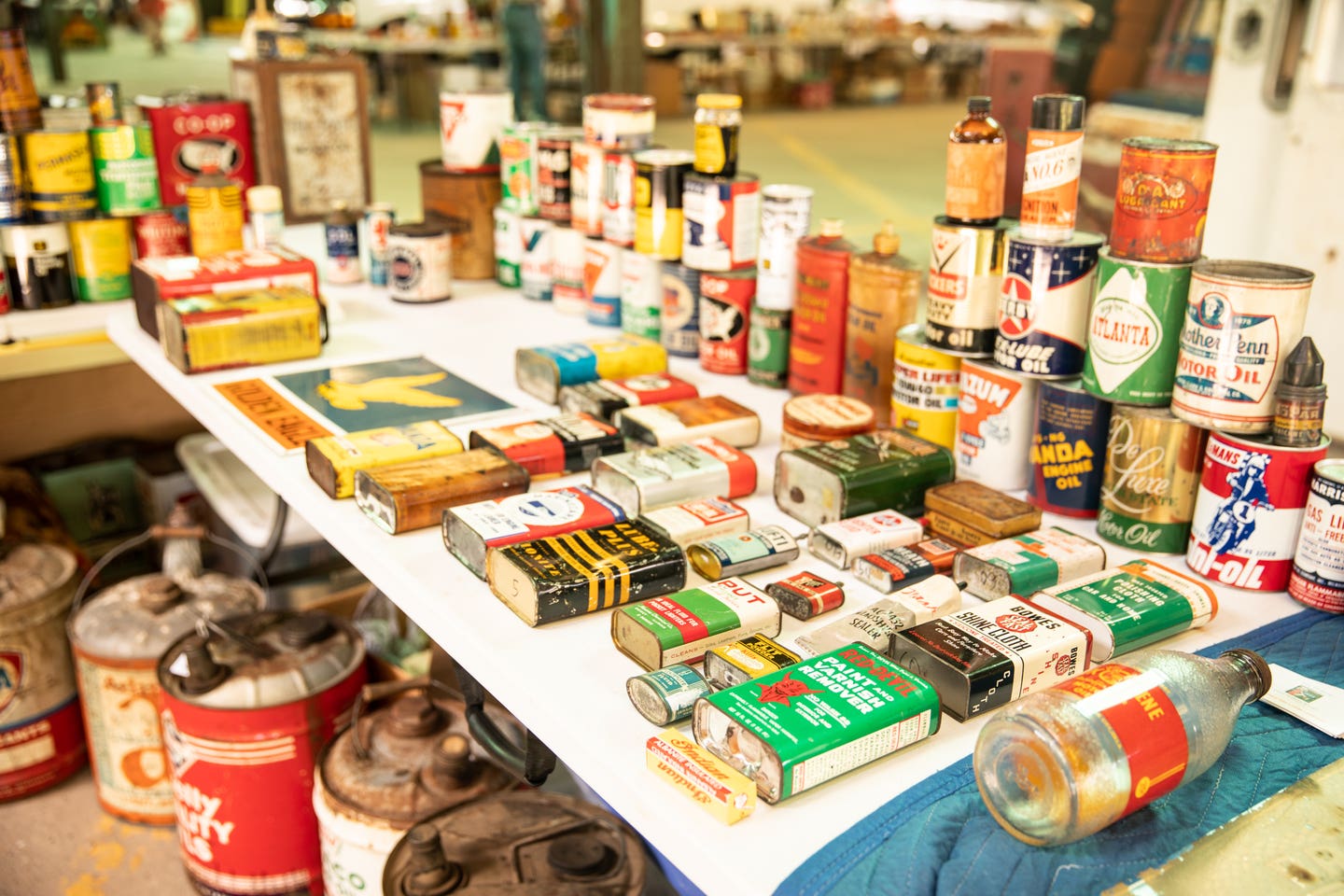
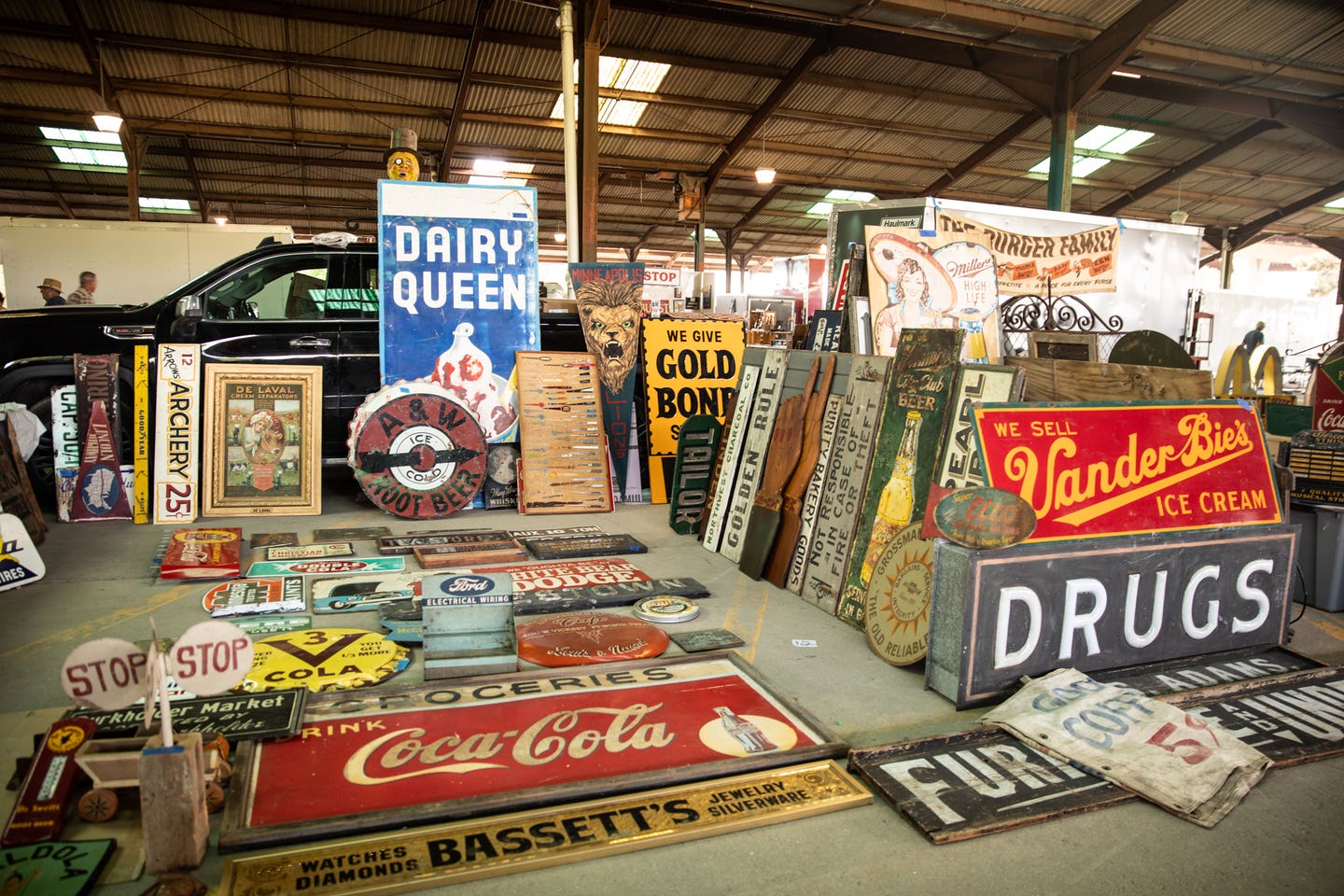
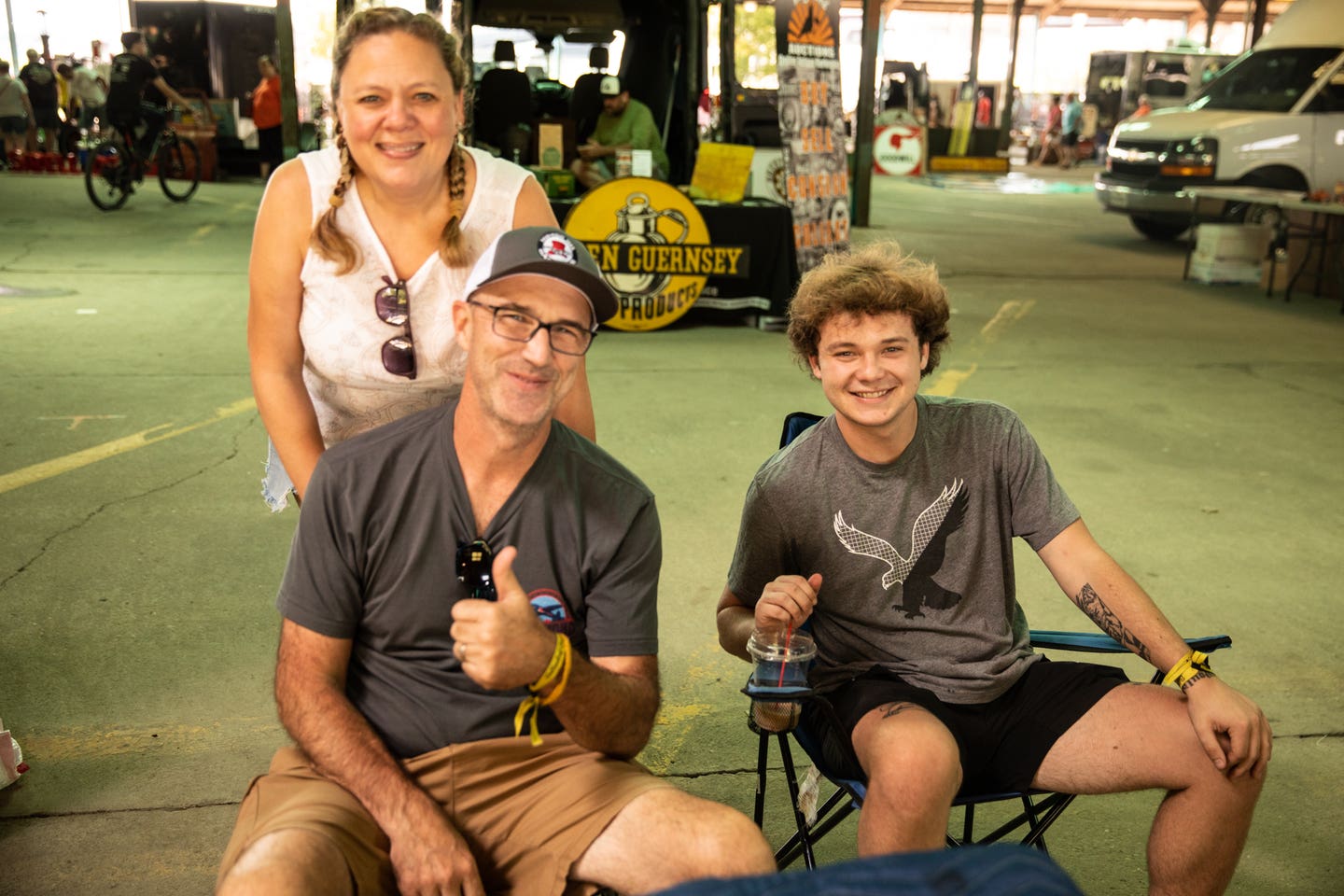
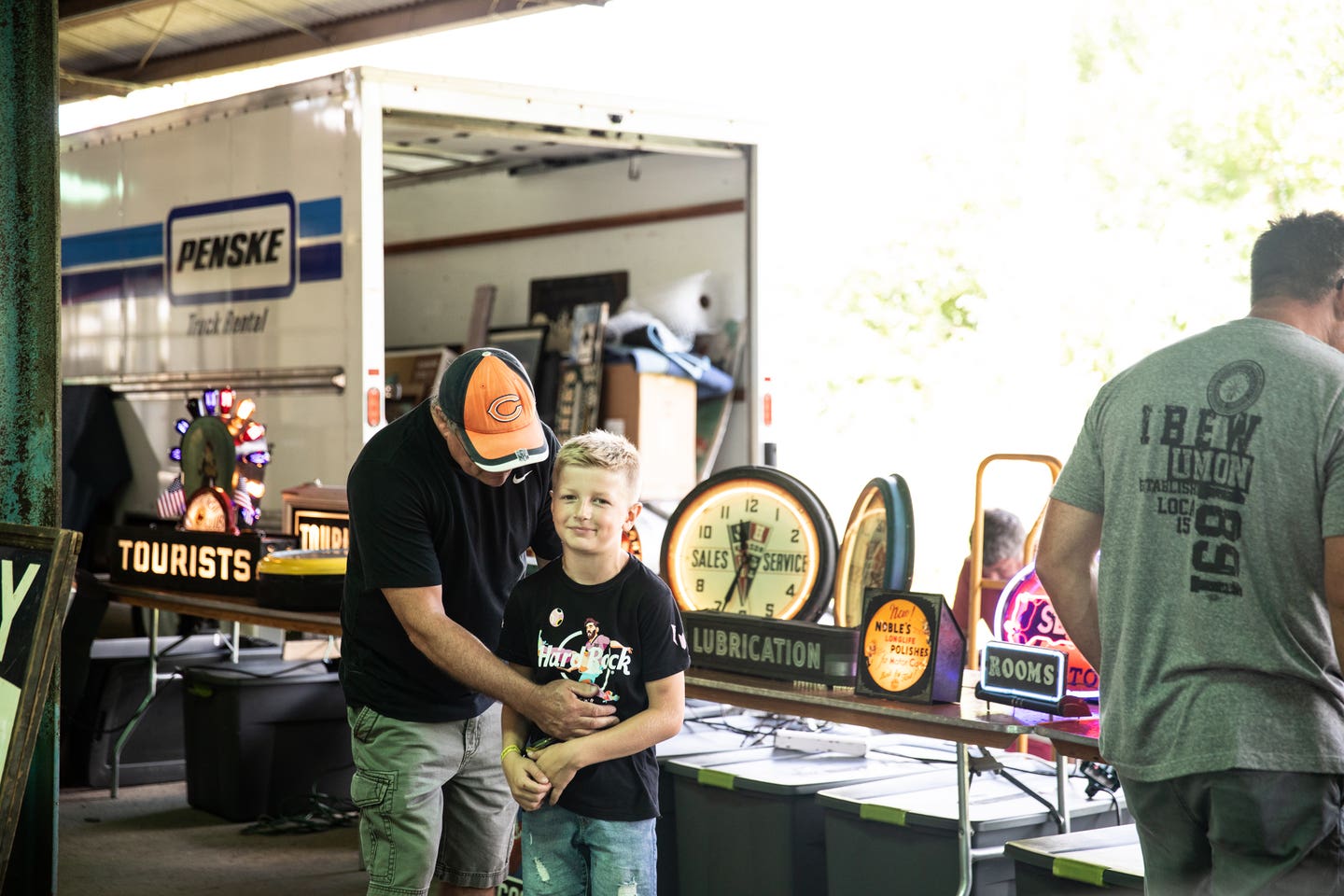
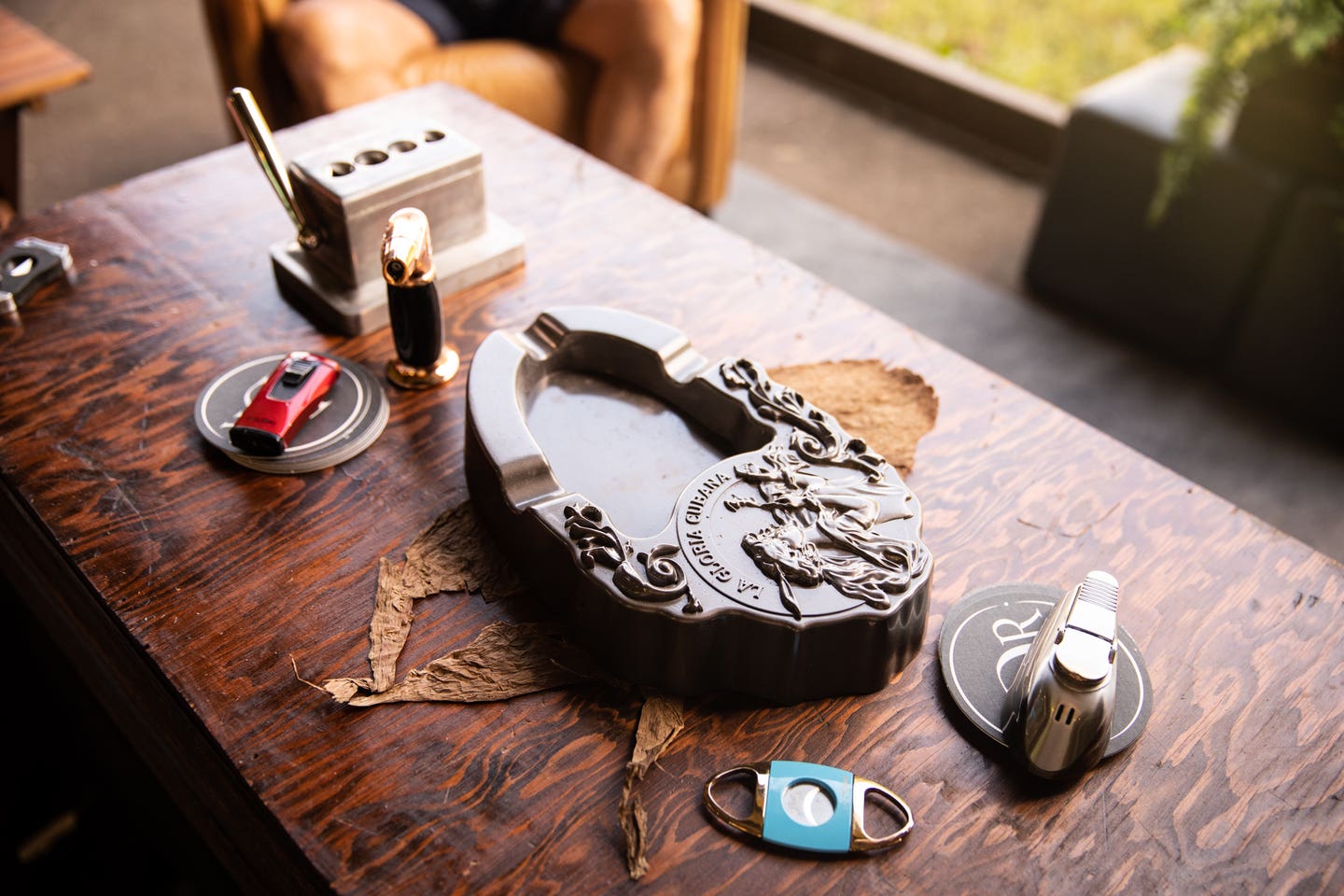
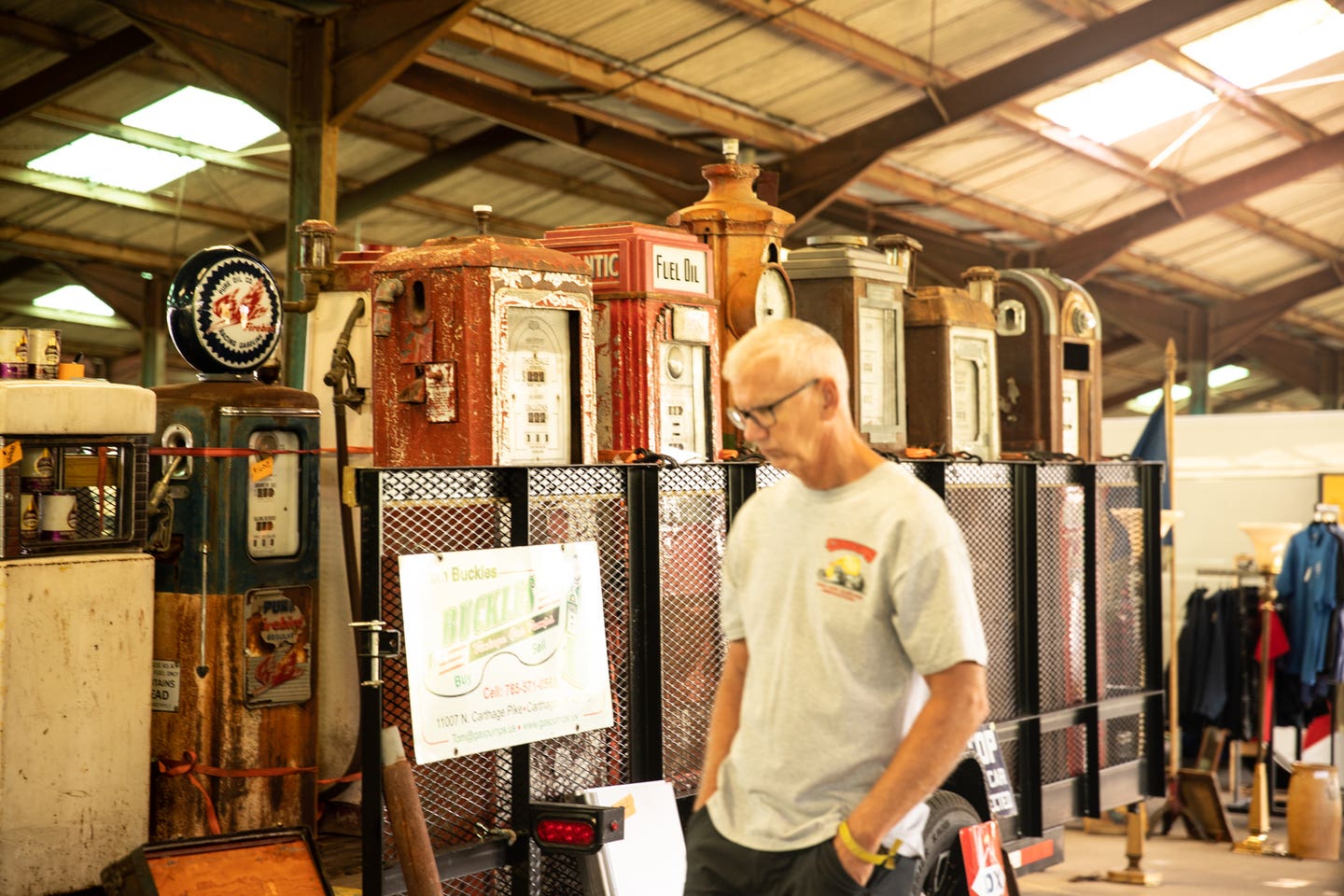
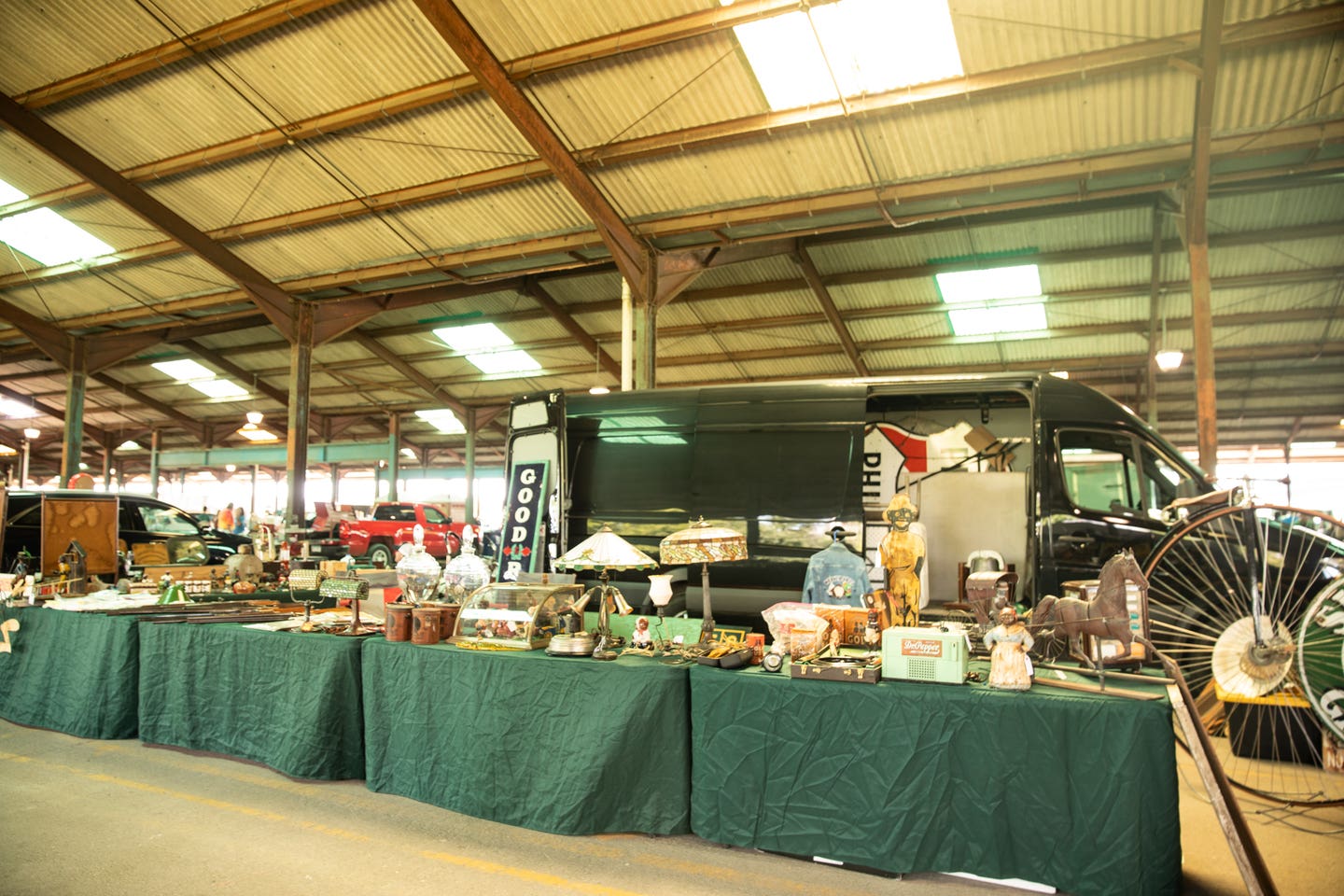
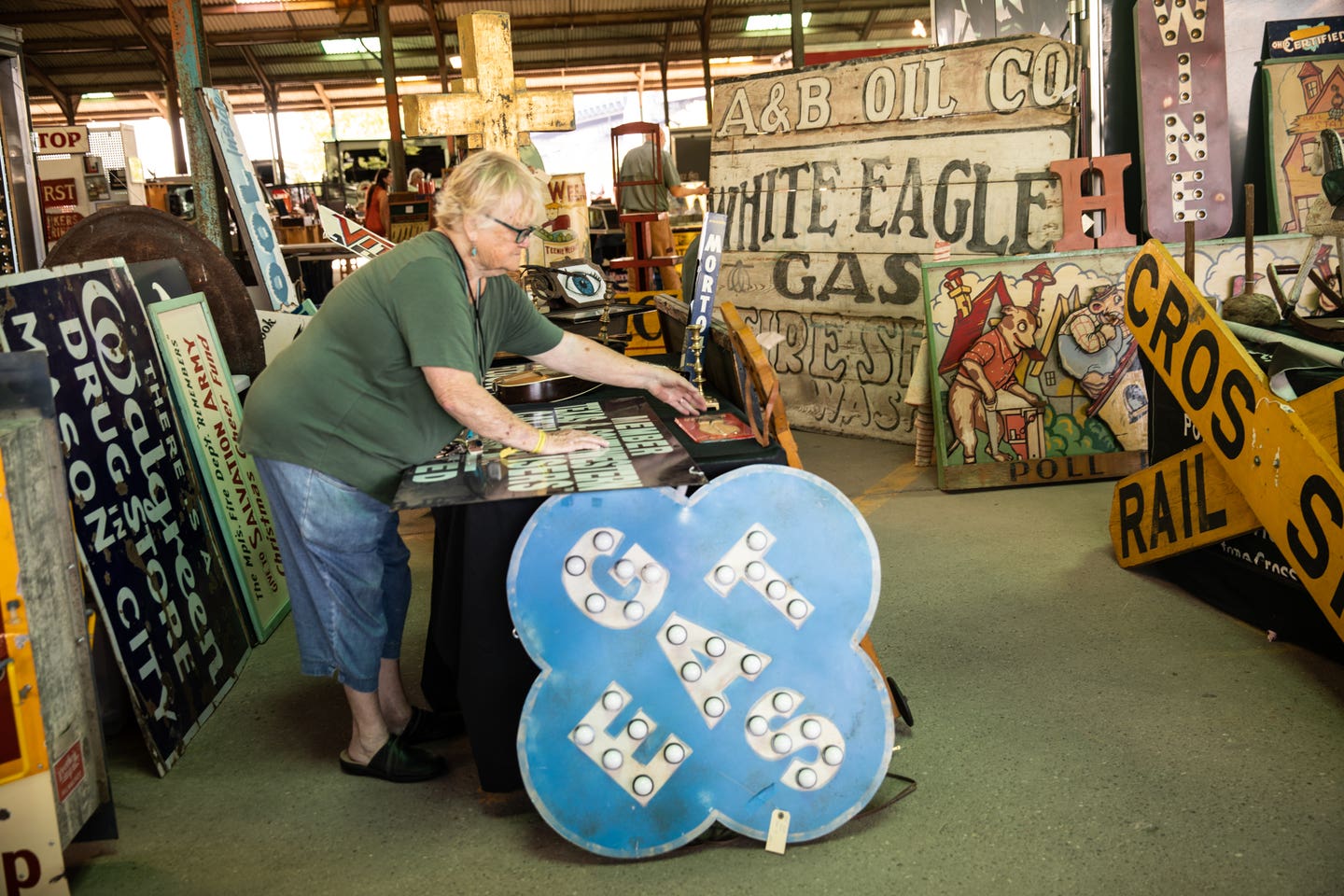
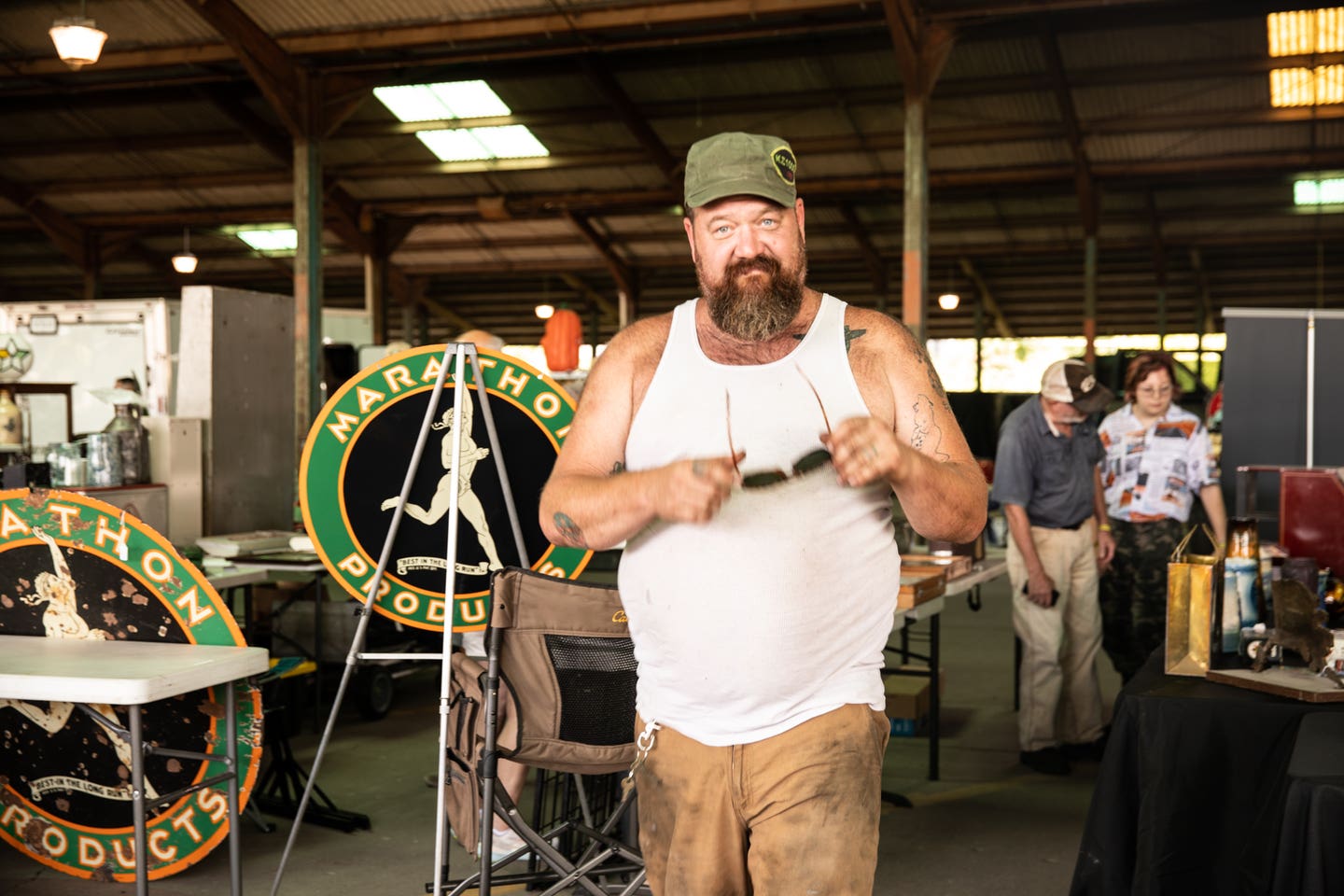
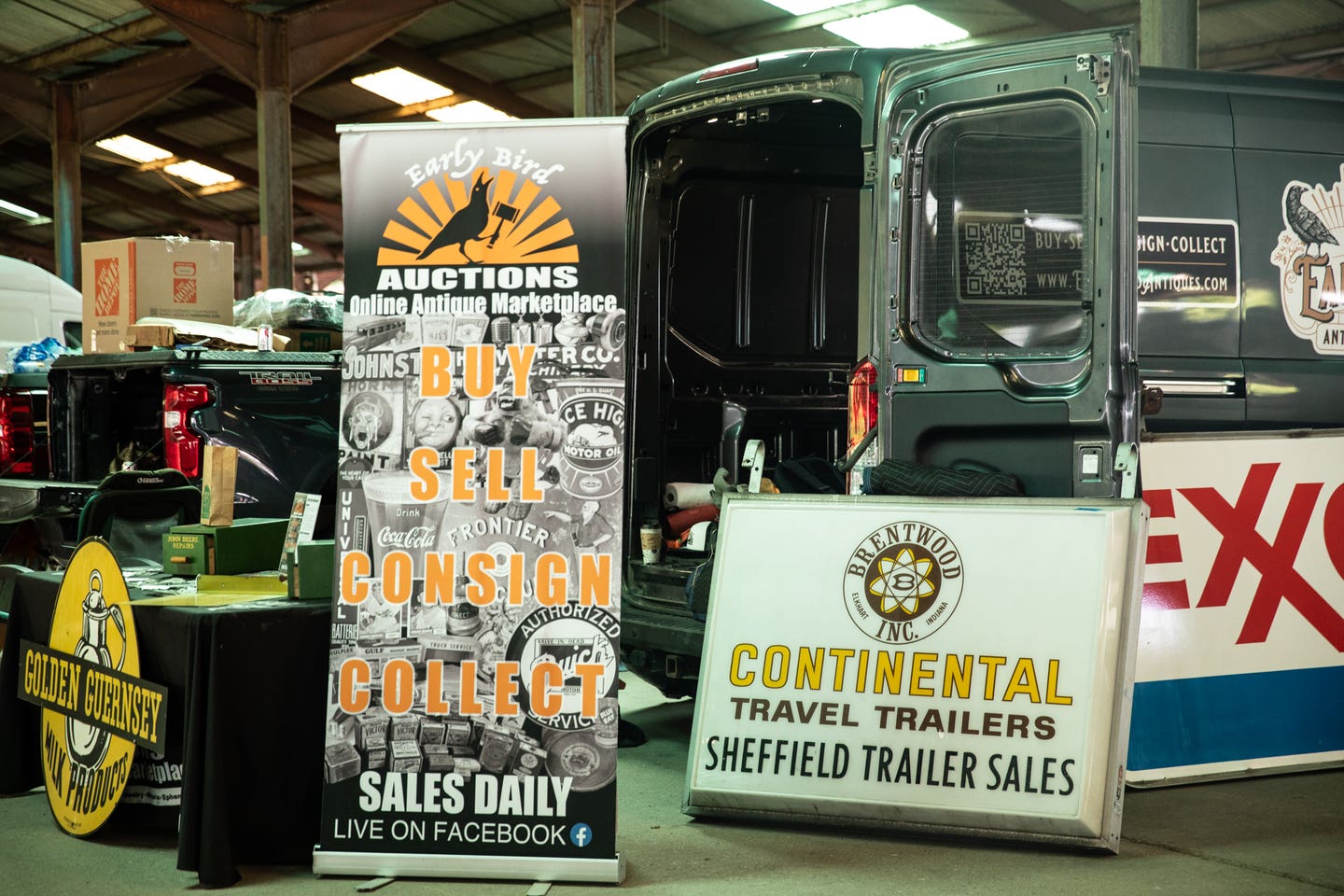
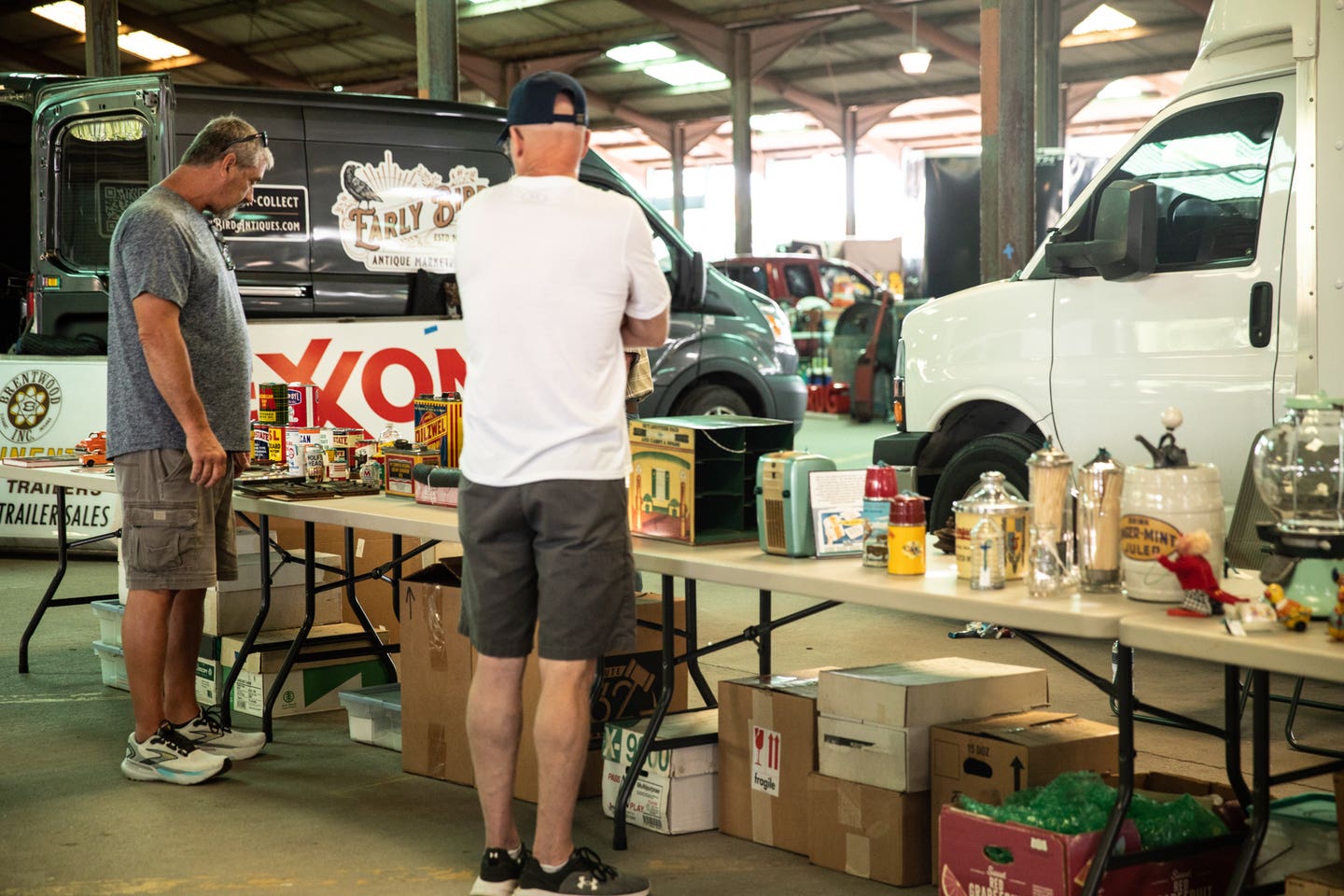
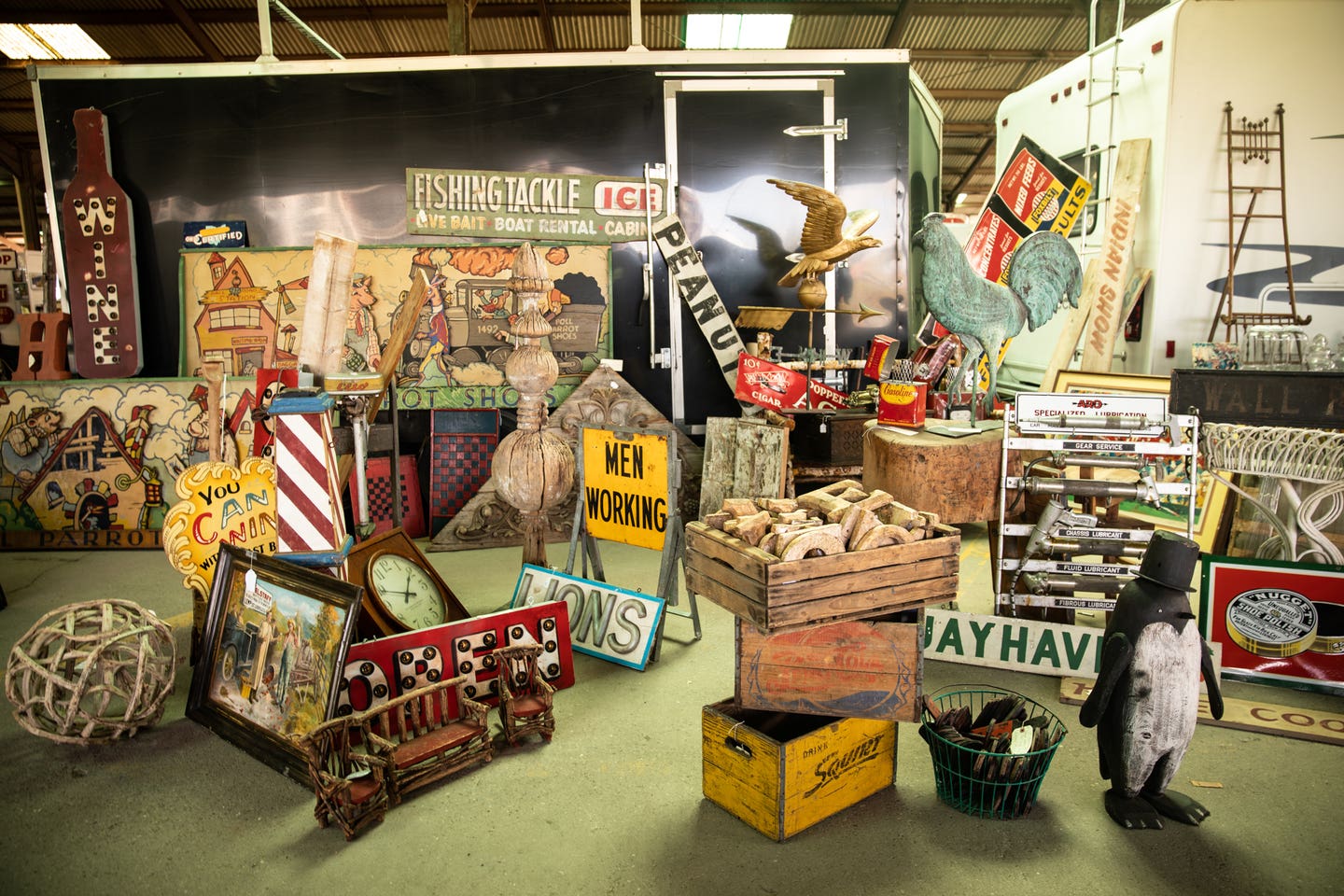
A Sneak Peak at the Bob Swaback Collection headlining the expanded Rust Belt Americana Auction, presented by Richmond Auctions. Catalogue and bidding information can be found here on the Rust Belt Americana website.
West Coast gas and oil brands are coveted by many collectors and Sunset Oil Company in Los Angeles is no exception. This double-sided porcelain sign is a rare variation, featuring a blue-sky background behind the classic Sunset sunburst logo. Sunset changed ownership several times but was eventually acquired by the Gulf Oil Corporation.
Another Los Angeles, California brand, Signal Oil & Gas Company, featured a stoplight in their logo and marketing. Signal used either a red/black/red light pattern or an all-black pattern. This 30” double-sided porcelain sign in the “Black Stoplight” variation is an extremely uncommon size. Signal was eventually acquired by Standard Chevron and later Standard Oil Company of NJ.
Western Oil & Fuel was based in Minneapolis, MN and held a public contest in the mid-1930s to choose the name for their gasoline. The winner was Husky and it features the iconic logo beloved by gas and oil collectors. This 30” double-sided porcelain sign features the Husky graphic and is an uncommon size. Western Oil & Fuel was eventually acquired by Conoco.
This highly desirable 48” sign from Sunset Oil Company in Los Angeles, California, is one of only a few known examples and is considered a Holy Grail piece for many collectors.
